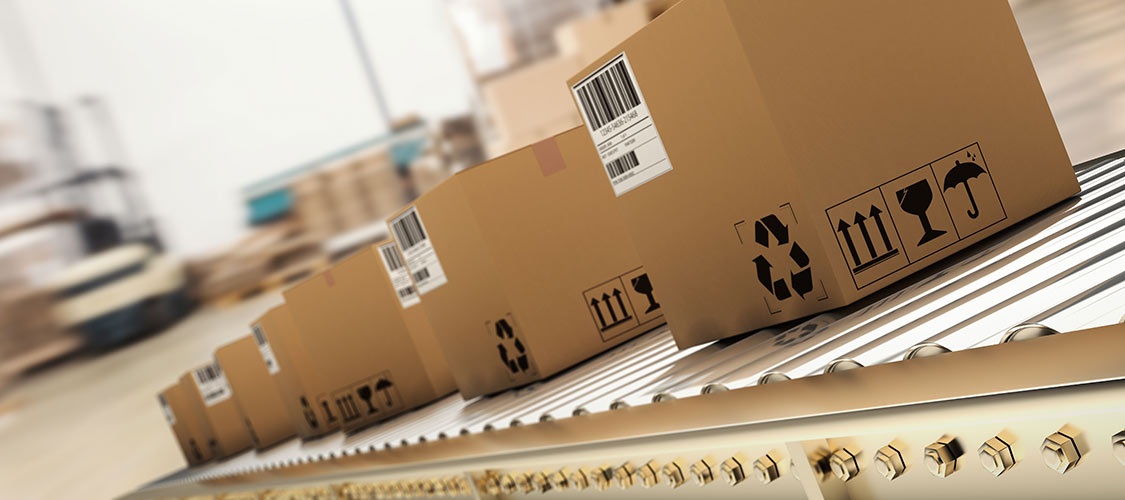I’ve talked previously about taking your shipping to the next level after your company is gaining traction. But what if you’re still in the early stages? What if you don’t have traction yet, or are just getting your supply chain process figured out? Should you care about shipping costs? Let the manufacturer handle it? Send it all to FedEx? Let’s dive into the right level of concern for shipping when just starting up.
The first and most obvious point I can make is, yes you need to think about shipping when starting up. This is especially true when building your cost models to determine pricing for your products. It is shocking how many companies will put a stock placeholder in for shipping costs (or even worse, put $0 down – remember: Shipping is never free). Then it’s a rude awakening when they have to ship that first Air Shipment out of China, and $5K goes out the window that was never planned for. So, 1) yes you have to think about this.
But I don’t know volumes, where production will be, who my customers are, or even have a prototype designed!
Running Scenarios to Determine Costs
No worries let’s keep it simple. First off, I’d always recommend you run a few different scenarios. Here’s 3 to get you started:
- Low – product is made in house, stored in house, and then shipped direct to your customer
- Mid – Product manufactured in China, sent to US by Ocean, then stored in house, and sent to final customer
- High – Product manufactured in China, sent to US distribution company, and then sent to final customer
In Scenario 1 you are making the product yourself, storing it yourself, and then shipping it to your final customer. Purely from a shipping standpoint, all you need to worry about here is getting the product to your customer. The easiest way to get some decent cost estimates is to go to UPS.com or FedEx.com, open a new account, and then pick 5 sample destinations of likely customers – probably 5 major cities like NYC, Chicago, LA, etc. Figure out your shipping costs from your home base to each of these, and then take an average. Voila! You have a shipping cost estimate. I can also tell you that the prices you are getting are non-discounted, so this should be conservative.
Moving on to Scenario 2
This is probably the more likely case for most product companies. You’re manufacturing overseas, probably China, and need to get the product to the US, where you’re going to store in your parents’ garage, and then ship to your customers. For this case let’s work backwards, because we already solved the Garage to Your Customer piece in the last section. Apply the same process here. Once you have that you need to handle the Manufacturer to Garage leg of the products trip. The best-case scenario here is you have some idea of how many boxes or pallets or (eek!) containers coming over a month. Assume a healthy mix of Air and Ocean shipments based on needs (if your product is custom built and needs to get to customers quick you are going to need more air, otherwise you are going to want to push as much Ocean as possible to cut down on costs). One note here: I would recommend you assume some Air. Going full ocean is great, and you should strive for that, but the reality as you start up is that you will get behind and will have to send some stuff air to meet customer demands.
If you don’t have any of this data yet, which is understandable, then I would start with an assumption of 1 ocean and 1 air shipment a month to start, and then adjust as you get more info.
Pricing these estimates is tricky. Your manufacturer may offer to provide some numbers on this, which is a good starting point, but I would use these with caution. More likely you should talk to a company (call Boxton!) and get a high-level quote. Otherwise, if you’re really strapped you can assume $1-3K for 2 standard sized pallets (48x40x48) shipped via ocean, and $4K-$8K for 2 pallets shipped via air.
Scenario 3
Ok scenario 3 is the same as scenario 2 with one caveat – you are sending product to a distribution partner instead of storing things in your parents’ garage. In this case for planning purposes you can really follow the same guidelines as Scenario 2, but I call it out because if you have a fulfillment partner in mind already then they can likely provide you better cost estimate for the Distribution to your final customer leg of things. They will also have discounted FedEx/UPS rates, which means your shipping costs should be lower than the manual analysis I described.
So that’s it my friends. Easy-peasy. I know taking on extra work at the early stage of a business is never fun, but I promise this is time well spent. Eliminating some uncertainly now will help avoid a lot of future headaches.
Final note:
We’ve built a Free Product Cost Calculator that we’ll send. It’s a simple excel file that will help you obtain and track the above scenarios. Click here to check it out!
More About Boxton
At Boxton, we’re building the future of logistics by automating best in class processes through easy to use management software that keeps team’s moving forward, without overspending. We’ve built our platform and methodologies on the core belief that shipping should be easy, for everyone – and nothing on your invoice, should ever be a mystery.






